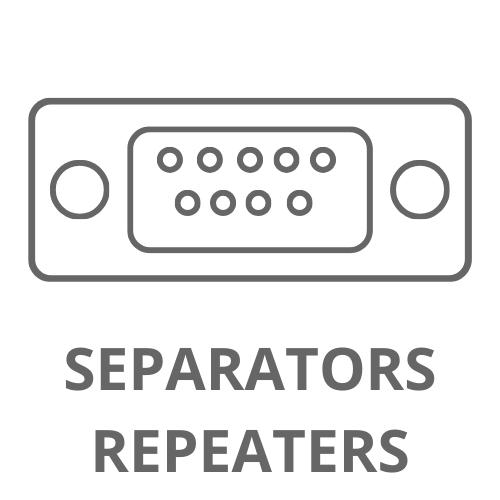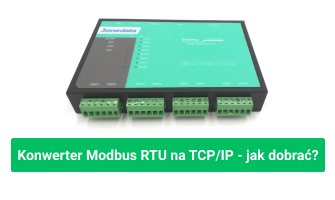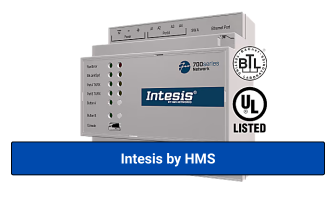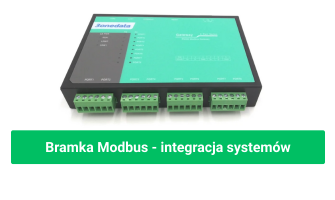Technical articles RSS Feed
0
77
In industrial automation, one of the most common problems is unstable Ethernet communication
In industrial automation, one of the most frequently ..
0
114
Why a Modbus RTU to TCP/IP converter is essential for modern automation
Across factories and buildings, hundreds of devices still communica..
0
102
LoRaWAN Gateway as the bridge between IoT and industrial systems In the era of Industry 4.0 and the rapid expansion of the Internet of Things (IoT),..
0
157
Product and Manufacturer Catalogs – Consteel Electronics
Below you can find the latest product catalogs from our key technolog..
0
246
Intesis is a brand trusted worldwide when it comes to reliable communication gateways and integration
modules. For more than 20 years, ..
0
235
A Modbus RTU to TCP/IP converter enables seamless integration between legacy serial devices
and modern Ethernet infrastructures. By conv..
0
266
A Modbus gateway is one of the most important devices in automation, bridging communication barriers
between equipment with different p..
0
194
A LoRaWAN gateway is the essential component of every LPWAN (Low Power Wide Area Network)
infrastructure, enabling long-range communica..
0
266
An industrial computer (IPC) is the core of modern automation systems – from production lines and CNC
machines, through logistics and vi..
0
834
Advanced VPN functions and security configuration in the R3000 Lite router
The R3000 Lite series supports a wide range of communication protocols,..
0
1090
What is Modbus and what is it used for?
Modbus is an open industrial communication protocol developed by Modicon in 1979. To this day, the Modbus prot..
0
2327
1. Introduction – What is a DIN rail switch?
A DIN rail switch is an industrial network switch that enables reliable communication in automation s..























